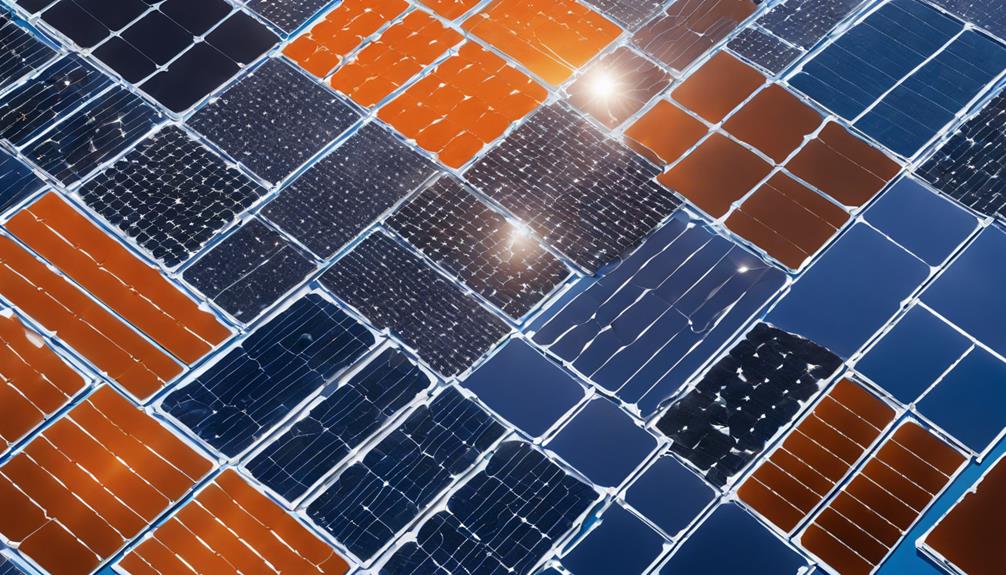
In an age where renewable energy sources are becoming increasingly essential, the 1000 watt solar panel has emerged as a popular choice for both residential and commercial applications. This blog post will explore everything you need to know about 1000 watt solar panels, including their advantages, installation process, cost considerations, and much more.
What is a 1000 Watt Solar Panel?
A 1000 watt solar panel refers to a solar photovoltaic (PV) system that can generate up to 1000 watts of electricity under ideal conditions, typically at peak sunlight. This type of solar panel is usually made up of numerous individual solar cells, which convert sunlight into electricity. The efficiency of these solar panels can vary depending on the quality of the materials used, the technology employed, and environmental factors such as temperature and shading. Understanding the specifications of a 1000 watt solar panel is crucial for determining whether it fits your energy needs.
Advantages of Using 1000 Watt Solar Panels
The advantages of utilizing 1000 watt solar panels are numerous. Firstly, they provide a substantial amount of power, making them suitable for larger homes or small businesses. By investing in a 1000 watt system, you can significantly reduce your electricity bills and even eliminate them entirely, depending on your energy consumption. Additionally, solar panels contribute to a reduction in carbon emissions, promoting a cleaner environment. They also come with low maintenance costs and can increase the overall value of your property.
How Much Energy Can a 1000 Watt Solar Panel Produce?
The energy output of a 1000 watt solar panel can vary widely based on several factors, including location, weather conditions, and the angle of installation. On average, a 1000 watt solar panel can produce approximately 4 to 5 kilowatt-hours (kWh) of electricity per day, assuming optimal conditions. This translates to roughly 120 to 150 kWh per month. For homeowners, this can mean significant savings, especially in regions with high electricity rates.
Installation Process for 1000 Watt Solar Panels
Installing a 1000 watt solar panel system involves several steps. First, it’s essential to conduct a site assessment to determine the best location for installation. This includes evaluating roof space, orientation, and potential shading from trees or buildings. Next, you’ll need to select the appropriate mounting system, which can be roof-mounted or ground-mounted. Once the system is installed, it will need to be connected to your home’s electrical system, often requiring the expertise of a certified electrician or solar installer. Finally, don’t forget to apply for any available incentives or rebates to help offset installation costs.
Cost Considerations for 1000 Watt Solar Panels
When considering a 1000 watt solar panel system, cost is a crucial factor. The initial investment can range between $1,000 to $3,000, depending on the brand, type, and additional components like inverters and batteries. While the upfront costs may seem high, it’s important to view this as a long-term investment. Many homeowners see a return on their investment within 5-7 years through reduced energy bills and available tax incentives. Additionally, financing options and solar loans can help alleviate the burden of upfront costs.
Understanding the Environmental Impact
Investing in a 1000 watt solar panel system is not just a financial decision; it’s also an environmentally responsible choice. Solar energy is a clean and renewable resource, which means it reduces reliance on fossil fuels and lowers greenhouse gas emissions. According to estimates, a typical solar panel system can offset about 100 tons of carbon dioxide over its lifetime. Therefore, by choosing solar energy, you are contributing to a sustainable future while also promoting energy independence.
Maintenance Tips for 1000 Watt Solar Panels
While 1000 watt solar panels are known for their low maintenance requirements, there are still some essential tasks to keep them operating efficiently. Regularly inspect the panels for dirt, debris, or snow accumulation, as these can reduce energy output. It’s recommended to clean the panels every few months, especially in dusty areas. Additionally, ensure that the inverter and wiring are functioning properly. If you notice any significant drops in production, it may be time to consult a professional for maintenance or repairs.
Future Trends in Solar Technology
The solar industry is continuously evolving, and the future of 1000 watt solar panels looks promising. Advancements in technology, such as higher efficiency solar cells and integrated battery systems, are making solar energy more accessible and efficient. Furthermore, as governments worldwide continue to promote clean energy initiatives, we can expect to see further reductions in costs and improved financing options. With the growing trend of community solar projects, even those who cannot install solar panels on their properties can benefit from solar energy.
In conclusion, the 1000 watt solar panel is a versatile and powerful option for those looking to harness solar energy. With numerous advantages, a substantial energy output, and a positive environmental impact, it’s a solution worth considering. As technology continues to advance, the future of solar energy is bright, making it a wise investment for both today and tomorrow. Whether you’re a homeowner or a business owner, adopting solar energy can lead to significant savings and a sustainable way of living.





